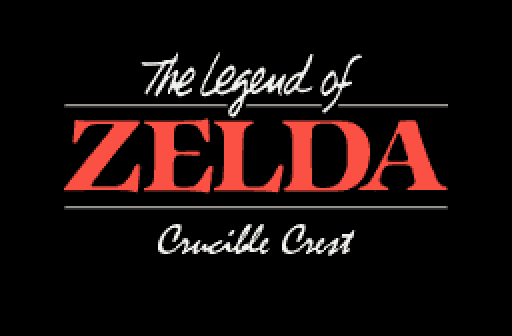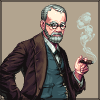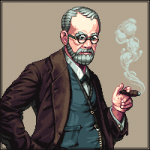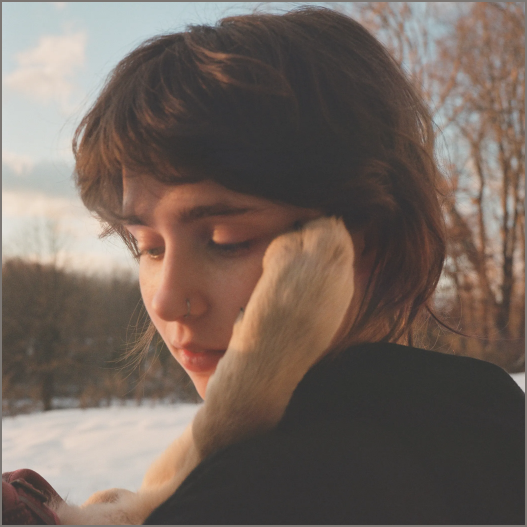Hey y'all, we're back for another small dev talk topic. First a quick progress report: Actual quest development is back in swing! At the time that's mostly overworld mapping, sprite work, debugging and scripting. We are also thinking about the lore, conceptualizing new gameplay mechanics, and making plans for the next dungeons - but these exist on paper only for the time being.
Rotgrip Island
Last time, we talked about mapping the Outset Hills and ended up on a tangent in the comments about interpreting the world design of Z1 and how we came to make the geographical changes on the island level 1 is on. If you look at those three screens from Z1, from an older map that we mentioned last time and what we have in the CC demo right now, you can see how one evolved out of the other.


As you've already noticed in the demo, the island is a lot bigger this time. The idea to expand the island into its own proper area came from a gameplay consideration more or less: it felt a little too rushed to just enter the first dungeon six screens off the starting screen and it's really hard (but not impossible, as evidenced by Z1) to set a tone for a place that exists of only one screen. So we decided that the island should be a 4x4 map roughly. This is what it looks like right now on the in-game map, 4x4 without the north-western and south-western screen on the corner.
Whoever used to live on the island is long gone. In its current state, Rotgrip Island is a cursed place, covered in a permanent fog. The major structure on Rotgrip island is a crypt-dungeon, the Eagle's End, resting place of a fragment of the Triforce of Wisdom. Here's the game map showing the island, along with some screens from surrounding areas. The marker is on the entrance to the Eagle's End, a screen from which is displayed next to the map.

It seemed only natural to take the "dead trees" concept as the focal theme for our reinterpretation of the area, as in Z1 that's literally the only thing this island features. As the tree with the evil face is the most distinctive feature of the original level 1 island, that also had to return in CC - this time not as the dungeon entrance, but as a general decoration and theme for all screens, as we leaned into spookier enemies and room designs. Stalfos, spiders, and moths formed the backbone of the enemy layouts - we also wanted to have a presence of the undead on the island above too, connecting the overworld with the dungeon thematically.
We also took the eagle layout from the original and interpreted it into the themes as well, putting eagle statues in some of the rooms, which you can see above too. We also kept pretty faithful to the layout itself with the dungeon map, which is not something we'll always do with these dungeons - but felt appropriate here with how iconic this particular layout is and how it lended itself well to a lightly branching dungeon structure.

But well, that's that, tying up loose threads from last time. Let's talk about something new, too. Let's talk about armoses and what's underneath them.
Fortress Ruins
In Zelda 1, when you walk to the north west of where level 4 is located, you'll occasionally run into screens that feature armos statues. They are always arranged symmetrically and beneath some of them, secrets or hidden caves are located. Z1 also famously hid the Power Bracelet under one of the armoses and we want to recreate that in CC of course. We can't just have a major piece of equipment thrown about on the overworld though, so we must expand the world a bit again. The area with the armoses must be it's own landmark, and it must feature a mini dungeon for the Power Bracelet. How to go about this?
Given how armoses are statues, it makes sense to envision the areas where they appear as proper structures, man-built places where armoses are placed on purpose. So in an early interpretation, armoses were guardians placed in temple-like structures. One row of screens in an early remake looked like this:
You can see a sort of fortress that's built into the mountain. It's also kind of damaged. When Mitchfork made the first screen for this area, he wanted it to be the ruins of a fortress (rather than a temple), hence it is now the Fortress Ruins. This is what it looked like in CC originally:
Aside from the palette and campfire, the early concept is very much visible here. Later iterations (and that's what we are currently settled on) try to be less "generic ruins" and bring the "fortress" theme across more prominently. The "damaged" character is also preserved and expanded upon. Here's an intermediate version of this aesthetic:


...and here are final screens. One late addition was more townlike elements, making this a kind of outpost where people would have lived and not just a fortress. The mapping for this area is complete, but we'll save the whole thing for actual play.


One of the things that we wanted to bring forward in an area like this is contrast between the "previously civilized" and "wild" areas of the world, so it made sense to make some additions to the mechanics and play as well. The Fortress Ruins has a much greater focus on hazards and overcoming tough enemies - like the Armos of course. So here, they're interpreted to be very heavily armored and can't be harmed or knocked back by many of your weapons (sort of like how the Gameboy games did originally). If you come here with just three hearts, the sword, and the candle, it can get pretty rough, since you have no way of damaging them directly. Luckily, interpreting this area as a fortress let us reinforce the theme with plenty of explosive armaments around to help pick up the slack.
Edited by Sheik, 03 October 2022 - 11:45 AM.










